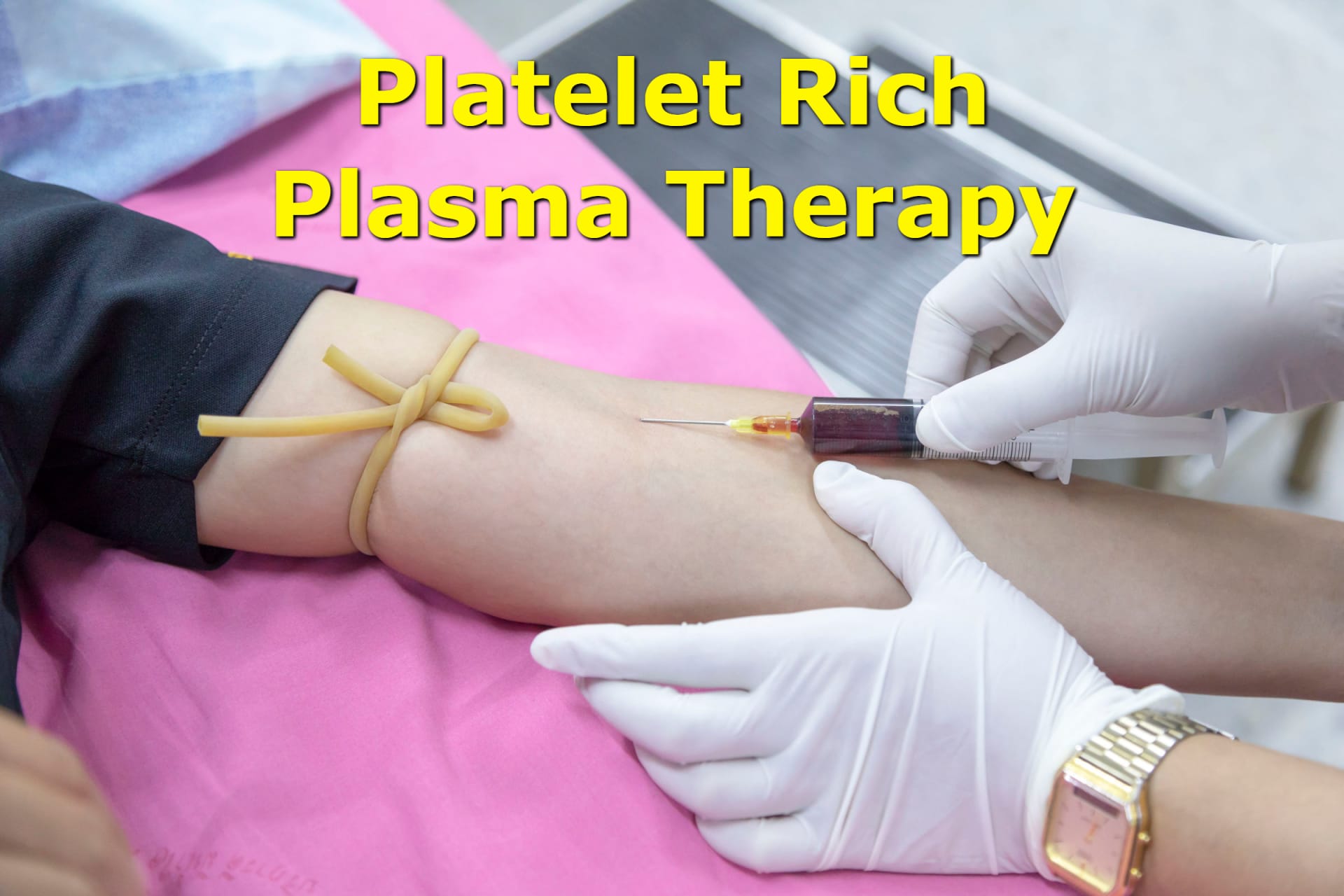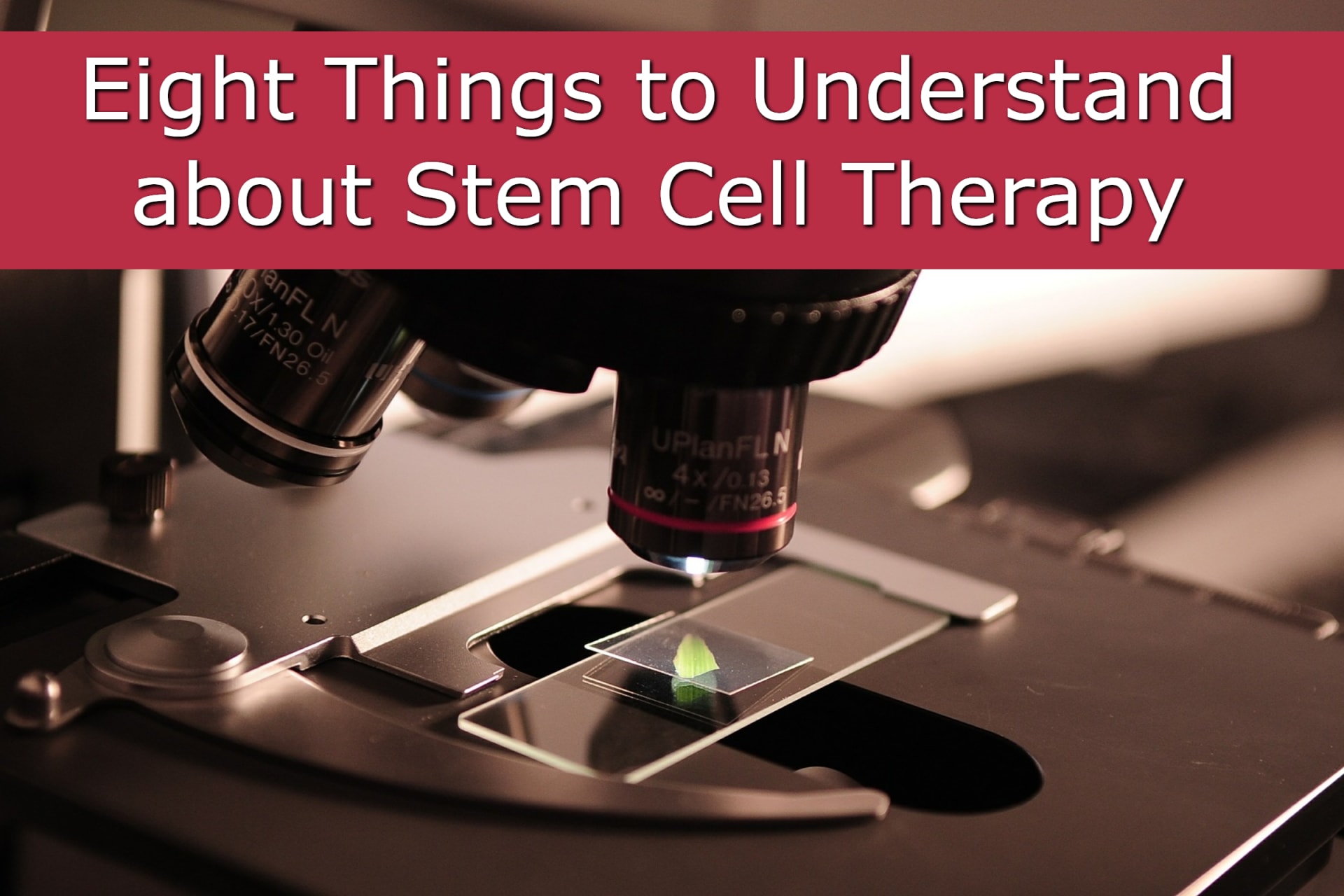The Top Eight Things to Know About Stem Cells

No surgery, no problem; Discussing Alternative Pain Relief Services
October 18, 2019
A Primer on PRP Therapy: What it is and How it Works
November 14, 2019Most people have probably heard about stem cells. They might even have a vague idea of what stem cells do or why we should care about them. But many people don’t have a real understanding of what stem cells are, or what they really can do. This article will explore the top eight things you should know about stem cells and stem cell therapy.
1. What Are Stem Cells Anyway?
Stem cell research is one of the most exciting fields of medical science. It’s also one of the most promising. While there is still a lot to learn on the subject, through the use of stem cells, scientists hope to one day be able to replace organs and tissues damaged through disease and old age, thereby extending longevity and good health.
Stem cells are types of cells that are able to divide and regenerate. They can replenish and replace damaged cells, such as those in the muscles, brain, and blood. The idea is that introducing stem cells into damaged organs and tissue brings health and vitality back into those areas.
Pluripotent stem cells, or those harvested from embryonic material, are able to become any of the over two hundred types of cells that comprise the human body. Adult stem cells, however, are much more restricted in their use. However, scientists have determined methods to manipulate the cells in the lab to make them behave more like the embryonic cells.
2. Not all Stem Cells are the Same
Rather than one single type of stem cell, our bodies produce a variety of them specific to the type of tissue they originate from. So, for instance, stem cells from the brain will only naturally be able to regenerate brain cells. They won’t be able to regenerate bone marrow cells, though researchers are constantly working on methods of cell manipulation to address this issue. Embryonic stem cells are the only type that proves to be useful for a wide variety of cell regeneration.
3. Stem Cells Harvested from Your Own Body Can Still Be Risky
It would seem to make sense that it would be safe to use stem cells from your own body for your treatment, but that isn’t necessarily so. A lot can happen after harvesting stem cells. Even small changes can make a huge difference. Besides the risk of potential contamination if not handled properly, the method used for cell growth, and whether that method is properly administered, can effect whether the stem cells grow properly and if they retain the ability to work in the manner for which they were originally intended. If you plan to receive stem cell therapy, ask your practitioner about safety measures they have in place.
4. The Difference Between a Proven Method and an Experimental Treatment
Especially if you are sick and in pain, it can be tempting to jump at any possible opportunity to try stem cell therapy. However, it’s important to understand that not all treatments are the same. Treatment based on the outcomes of a clinical trial, for instance, will generally have lots of previous data to back up their work, and chances are the treatments have been approved or endorsed by a regulatory agency, such as the Food and Drug Administration (FDA). Some clinics offering stem cell therapy will offer these evidence-based treatments, while others may be using a more experimental approach. Before committing to a course of action, it’s important to understand the type of stem cell treatment you will be receiving.
5. Stem Cells Require Specific Direction
Stem cells are not a “magic bullet”. One of the major difficulties facing stem cell researchers is getting the cells to behave in the intended way once
introduced into the body. Once in the body, the cells need to grow and adapt into the particular cells that need to be regenerated. They also need to learn to interact with other cells within the body. Teaching stem cells how to behave is one of the hallmarks of stem cell research.
6. It Takes Time to Develop New Therapies
The study of stem cells is still a fairly new process in comparison to a great deal of other medical research. The scientific process in itself is slow and meticulous, testing and retesting to ensure that processes are reliable and safe. Even if something performs well in a lab or tests well on animals, that doesn’t necessarily guarantee it’s going to work well on humans, or that it won’t have negative long-term effects. If you are considering receiving stem cell therapy, ask your provider to share information about the research behind your proposed treatment plan.
7. Proven Uses for Stem Cells
Two of the many diseases currently being successfully treated with stem cells are leukemia and lymphoma. In this process, stem cells from blood or bone barrow are transplanted to replace existing cells that have suffered damage from disease or from other factors, including cancer treatments. Some of these types of treatments rely on the use of placenta or umbilical cord blood.
Researchers are currently working on treatments for brain cancer, heart disease, and ALS. Macular degeneration due to age is another hopeful target but is in the early stages of research at this time.
8. Stem Cell Treatments Have Regulations
The Food and Drug Administration (FDA) currently regulates stem cell treatment. However, some experts believe that individual states should also participate more in overseeing this process through state medical boards and legislature.
If you are considering the use of stem cell treatments, make sure to ask your provider if their treatments are FDA approved or have at least been submitted to the FDA under something called an investigational new-drug application. This FDA plan details safety procedures that are placed on file prior to FDA approval.
Using Stem Cell Therapy to Treat Joint Pain
If you, or a loved one, suffers from degenerative joint pain, consider looking into stem cell therapy. New advancements in stem cell research happen every day. Why live in progressively worsening pain, when a solution may be as quick as a phone call away? To learn more about stem cell therapy please contact Integrated Pain Relief at (940) 566-3599 today.
Call Integrated Pain Relief today at (940) 566-3599 to learn more about stem cell therapy.

